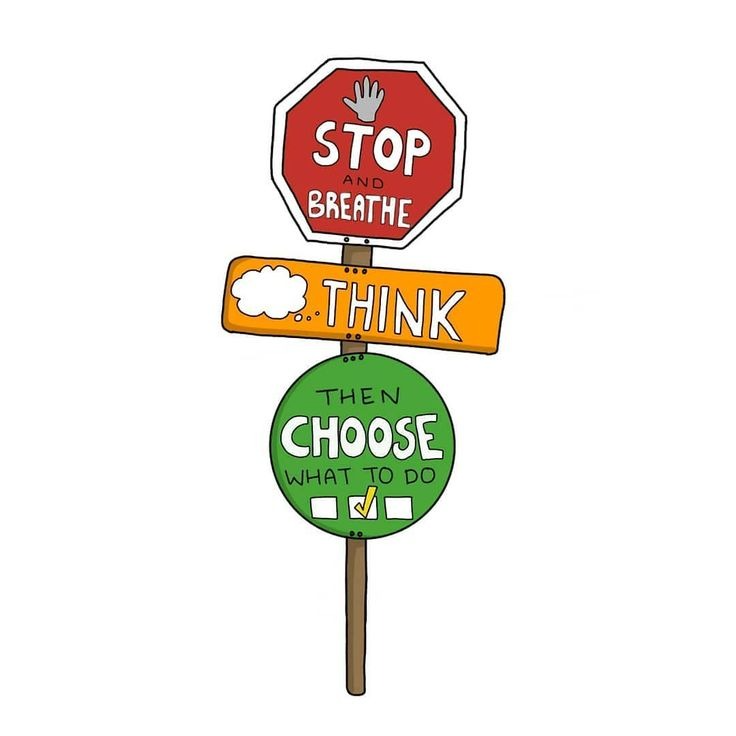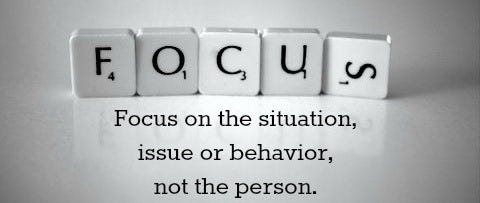Maintaining a Calm Attitude in the Face of Unsettling Behavior

Addressing problematic behavior can feel tricky, but it doesn’t have to result in conflict or unnecessary drama. The goal is simple: hold people accountable while fostering understanding and mutual respect. By approaching these situations with confidence and care, you can make a real difference. Here’s how to handle them effectively.
1. Pause Before Reacting
When you notice problematic behavior, your first instinct might be to confront it immediately. However, taking a moment to pause can make all the difference. Ask yourself:
- What exactly happened?
- Why does this behavior feel problematic to me?
This brief reflection helps you process your thoughts and prevents knee-jerk reactions. By understanding the issue fully, you’ll be better prepared to address it constructively without jumping to conclusions.

2. Focus on the Action, Not the Person
It’s important to separate the behavior from the individual. Labeling someone as “inconsiderate” or “selfish” can put them on the defensive, making it harder to have a productive conversation. Instead, focus on the specific action.
For example, instead of saying, “You’re always so rude,” try something like, “I felt hurt when this happened.” This shifts the focus to the impact of their behavior rather than attacking their character, keeping the discussion constructive.

3. Pick the Right Time and Place
Timing and setting can make or break a conversation. Public confrontations often lead to embarrassment and defensiveness, so opt for a private setting where both of you can speak openly without distractions. Ensure the timing works for them as well; approaching someone when they’re stressed or preoccupied might not yield the best results.
A calm, private environment shows respect for the other person and sets the stage for an honest dialogue.

4. Use “I” Statements
“I” statements are powerful tools for expressing your feelings without sounding accusatory. When you speak from your perspective, it’s easier to communicate your concerns without putting the other person on the defensive.
For instance:
- Instead of: “You’re always interrupting me.”
- Try: “I feel unheard when I’m interrupted because it makes it hard to share my thoughts.”
This approach encourages understanding and frames the issue as a shared concern rather than a personal attack.

5. Propose a Solution
Constructive feedback works best when paired with practical suggestions. Highlighting the issue is essential, but offering a way forward shows you’re committed to improvement, not just pointing fingers.
For example, if someone frequently interrupts, you could say: “Could we try taking turns speaking? That way, everyone has a chance to share their ideas.”
Providing solutions helps shift the focus toward collaboration and positive change.

6. Be Open to Their Perspective
A meaningful conversation requires listening as much as talking. The other person might not realize the impact of their actions, or they might have a different perspective worth considering. Ask questions to understand their point of view:
- “What did you mean when you said that?”
- “Did you realize how that might have come across?”
By showing empathy and curiosity, you pave the way for a more balanced and productive dialogue.

7. Know When to Walk Away
Not every conversation will go as planned, and that’s okay. If the other person isn’t open to dialogue or becomes combative, it’s important to respect your boundaries. Walking away doesn’t mean giving up; it means prioritizing your peace.
Remember, your goal isn’t to “win” the conversation but to encourage understanding and growth. If that’s not possible, stepping back can be the healthiest choice for everyone involved.

Final Thoughts
Calling out problematic behavior doesn’t have to lead to drama. By staying calm, focusing on the behavior, and advocating for mutual understanding, you can encourage positive change. It’s not about pointing fingers or assigning blame but about creating an environment where everyone feels respected and accountable.With the right approach, even challenging conversations can become opportunities for growth. By pausing, staying constructive, and listening actively, you’ll build stronger relationships and a more harmonious environment.The key is to approach these situations with care; no theatrics required.
About the Author
Laxmi Bhatt
I’m Laxmi, a content writer who turns caffeine into words and ideas into stories. If creativity had a speed limit, I’d be breaking it daily. Juggling words, dodging writer’s block, and occasionally questioning my life choices—one sentence at a time. Always typing, always snacking, never not thinking!
Quick links
About the Author
Laxmi Bhatt
I’m Laxmi, a content writer who turns caffeine into words and ideas into stories. If creativity had a speed limit, I’d be breaking it daily. Juggling words, dodging writer’s block, and occasionally questioning my life choices—one sentence at a time. Always typing, always snacking, never not thinking!
